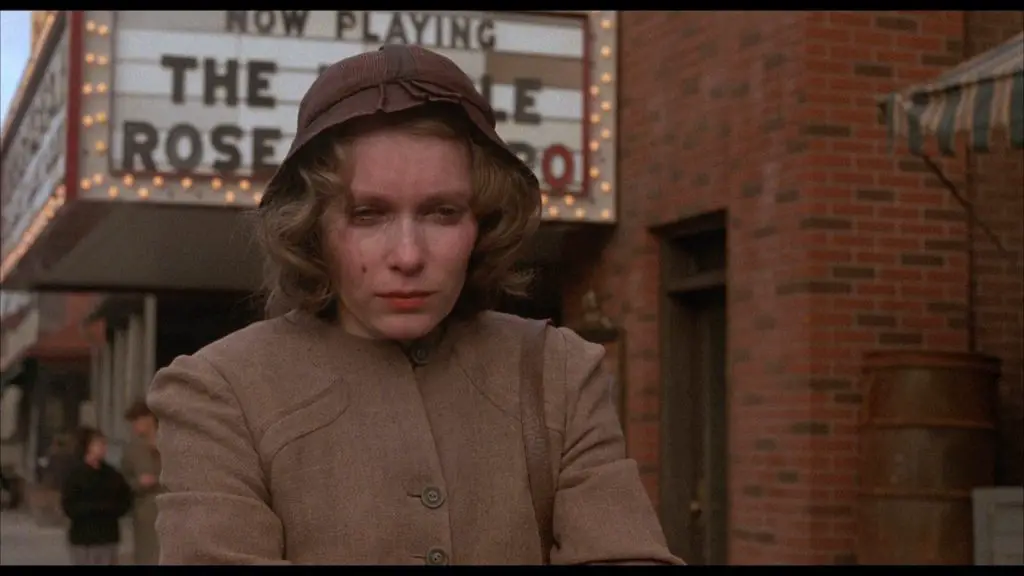
Jenny Gage and Tom Betterton’s documentary All This Panic aims to capture all of the joys, struggles, and uncertainties of young womanhood, but even a description as grandiose as that still somehow seems reductive.
That’s because there’s so much life and truth contained in the film, it manages to transcend age and gender to the extent that anyone – regardless of who they are, where they’re from, or how long they’ve been around – is likely to see at least a little piece of themselves reflected back at them.
Following seven female Brooklynites through their last few years of high school and the period immediately after, All This Panic (about as perfect a title for a movie about teenagers as one can conceive of) drops in and out of its subjects’ lives in a manner that’s thematically consistent with the tumultuousness and unpredictability that characterizes them. The film’s look is pristine and polished, but the personalities it depicts are anything but – not yet fully formed, but in a constant state of reorienting themselves vis a vis love, friendship, goals, family, and their place in the world.

“All This Panic walks a fine line throughout between being deeply intimate and keeping a respectful distance from its subjects.”
First introduced and most prominently featured is Lena, who’s bright, ambitious, and energetic but whose home life is fractured by divorce and mental illness. The film chronicles her alternately strong and shaky friendship with Ginger, who finds herself alienated from her friends when she makes the decision to forgo college and somewhat halfheartedly pursue an acting career. Ginger’s younger sister Dusty and her best friend Delia appear in several sequences, as well, hanging out and engaging in a lot of the expected chatter – boys, cliques, appearances, et cetera – that paradoxically reveals both confidence and deep-seated insecurity; it’s Delia who inadvertently provides the film’s perceptive title. Along with them, there’s also Sage, who eagerly attempts to define her racial, feminist, and intellectual identity, Olivia, who wrestles with her burgeoning romantic feelings toward other women, and Ivy, who seems to already possess at least some semblance of the maturity and stability that the others are seeking.
All This Panic walks a fine line throughout between being deeply intimate and keeping a respectful distance from its subjects. Gage and Betterton do capture some intensely personal moments in the girls’ lives but refreshingly avoid prying too deeply into uncomfortable situations or outwardly confronting their subjects in a sensationalistic reality-TV style. Instead, the filmmakers dare to actually listen to them when they talk, and one of the most remarkable things they’re able to catch is the curious way that their conversations about subjects like parties and makeup can turn on a dime toward matters of deep philosophical significance. It’s pretty amazing how people with such relatively limited life experience can hit upon such profundity without even knowing they’re doing it, and the film is smart to let this happen naturally rather than try to force it.

“…what makes All This Panic so successful and so special: it’s able to find the meaning in these fleeting moments of happiness and heartbreak.
Of course, not everything in the film is meant to address the big questions. With surprising access, Gage and Betterton also provide a glimpse into their subjects’ social lives that’s likely to inspire fond memories in older viewers, skillfully evoking the giddy rush of underage drinking and make-out sessions and late-night hangouts that, for a few short years, is such an integral part of life. On the other hand, it’s in one of these scenes that All This Panic unfurls its most heartbreaking moment: a sequence in which Lena plans a party with the ulterior motive of asking out a guy she’d had a crush on; hours later, she’s in tears, reflecting on being rejected and the bad choices she made as a result. It’s a perfect representation of the great irony at the heart of being a teenager – unlike Lena, we know there will be other parties and other boys and far more essential things to worry about, but in the moment, it’s the most important and most tragic thing in the world, and the filmmakers make us feel it with the same intensity that she does.
In the end, that’s what makes All This Panic so successful and so special: it’s able to find the meaning in these fleeting moments of happiness and heartbreak that, collectively, form the experience of growing up. There are no tidily resolved narrative arcs, no climactic endings, no looking back; the film wisely doesn’t attempt to make sense out of the sum total of its subjects’ experiences. Instead, it views young adulthood the way that, for most of us, it really was: a confounding amalgam of the highest highs and the lowest lows, good friends, bad choices, and a whole lot more questions than answers about how it’s all going to turn out.

All This Panic (2016). Directed by Jenny Gage. Cinematography by Tom Betterton. Starring Lena M., Ginger Leigh Ryan, Dusty Rose Ryan, Sage Adams, Delia Cunningham, Olivia Cucinotta, Ivy Blackshire
4 ½ stars out of 5
More information can be found on the official website for All This Panic.

